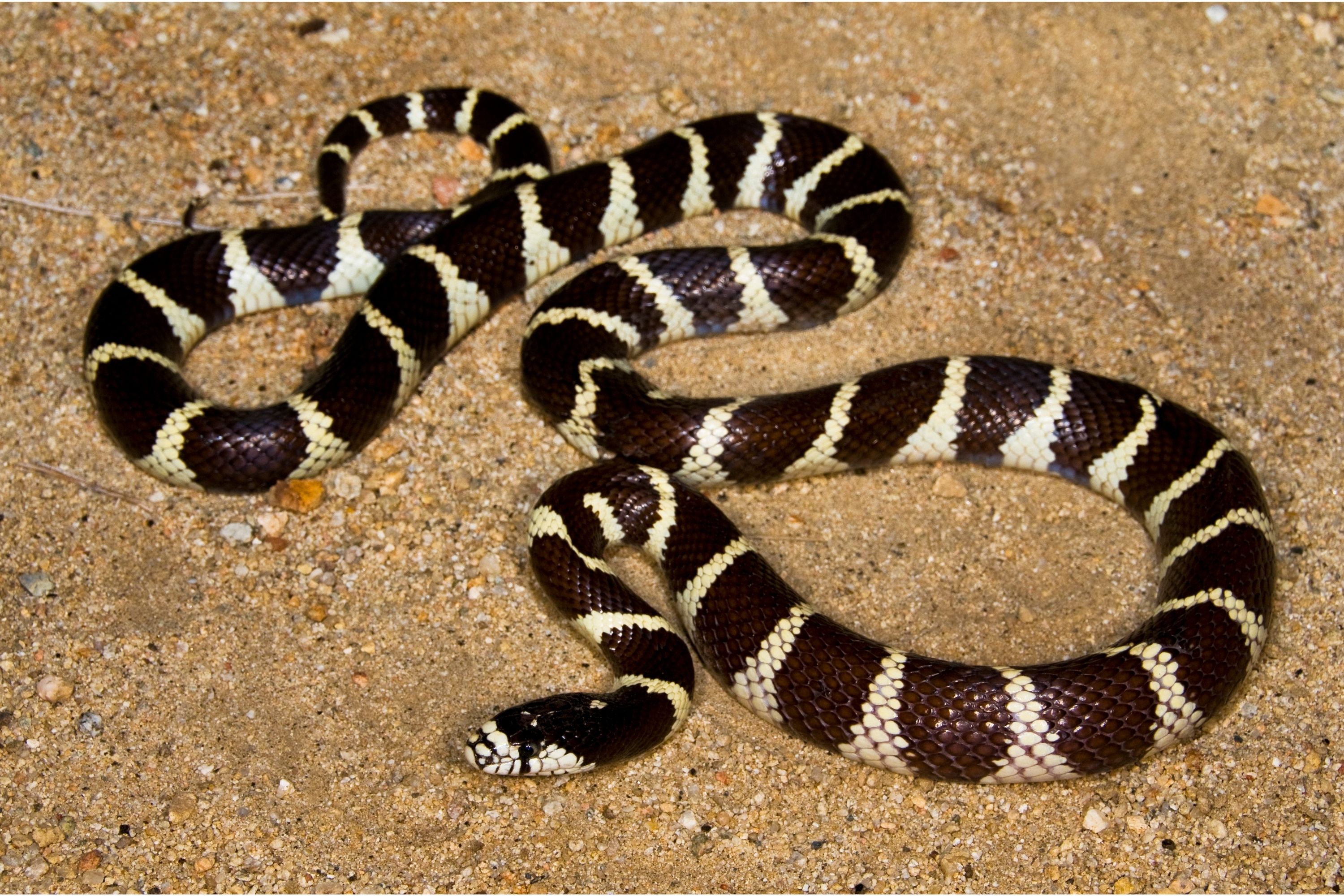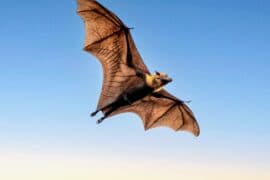Common kingsnake
(Lampropeltis getula)

Description
Lampropeltis getula, commonly known as the eastern kingsnake, common kingsnake, or chain kingsnake, is a harmless colubrid species endemic to the United States and Mexico. It has long been a favorite among collectors. Nine subspecies are currently recognized, including the nominate subspecies described here. Adult specimens of the speckled kingsnake, L. g. holbrooki, are the smallest race at 91.5 cm (36.0 in) in snout-to-vent length (SVL) on average, while L. g. getula is the largest at 107 cm (42 in) SVL on average. Specimens up to 208.2 cm (82.0 in) in total length (including tail) have been recorded. Weight can vary from 285 g (10.1 oz) in a small specimen of 87.2 cm (34.3 in) in total length, to 2,268 g (80.0 oz) in large specimens, of over 153 cm (60 in) in total length. The color pattern consists of a glossy black, blue black, or dark brown ground color, overlaid with a series of 23-52 white chain-like rings. Kingsnakes from the coastal plains have wider bands, while those found in mountainous areas have thinner bands or may be completely black. The preferred habitats of L. getula are open areas, particularly grassland, but also chaparral, oak woodland, abandoned farms, desert, low mountains, sand, and any type of riparian zone, including swamps, canals, and streams.
Taxonomic tree:







